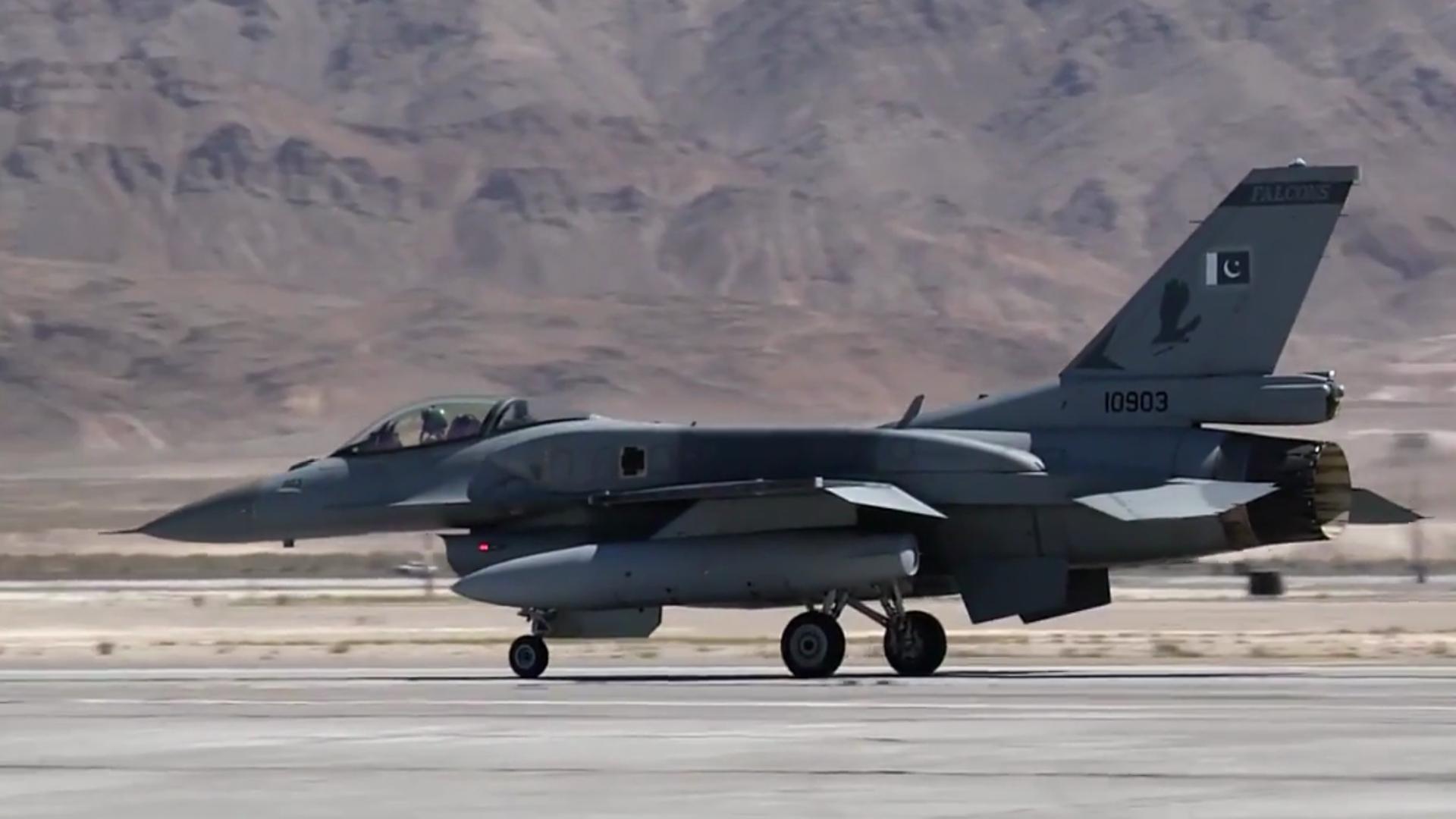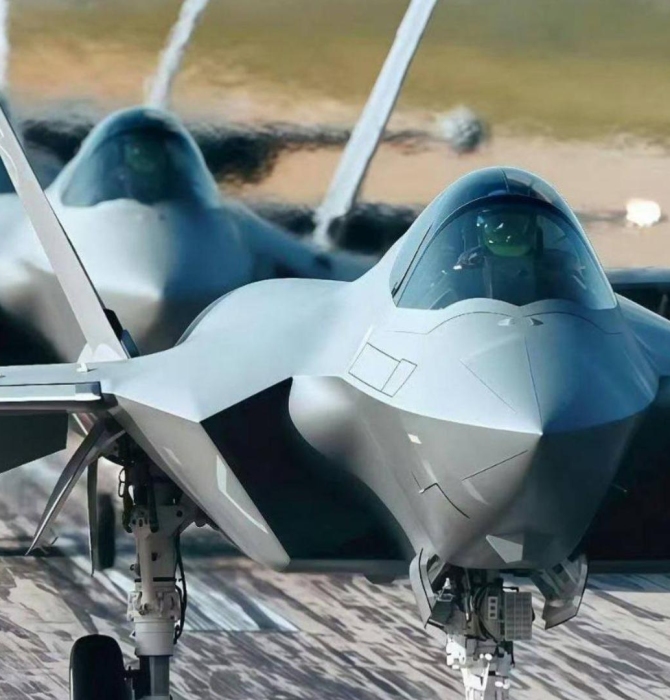9410Views

Why Pakistan Wants to Upgrade its F-16s Defence Uncut Podcast
A quiet update to an existing Pentagon contract had indicated Pakistan could be seeking new AIM-120C8/D3 Advanced Medium-Range Air-to-Air Missiles (AMRAAM), setting off a wave of discussions on the potential for a revived F-16 program. The US Department of War has since corrected the notification, stipulating that Pakistan was included as part of the sustainment of existing AMRAAM stocks, not new orders.
However, there is little doubt that the Pakistan Air Force (PAF) is aiming to upgrade its existing fleet of F-16C/D Block-52s.
Listen to the full episode on YouTube or your favorite podcast platform.
Listen to the Full Discussion
If you have any questions, comments, or news topic suggestions you would like to hear us discuss, then send us an email at podcast@quwa.org.


